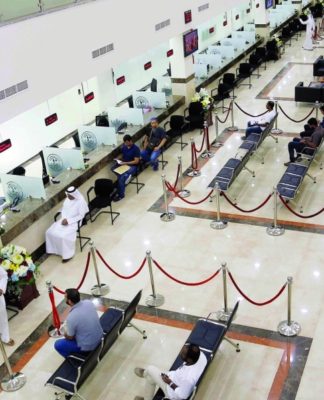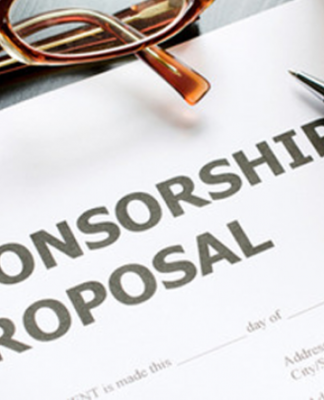Should you be buying a second-hand smartphone?
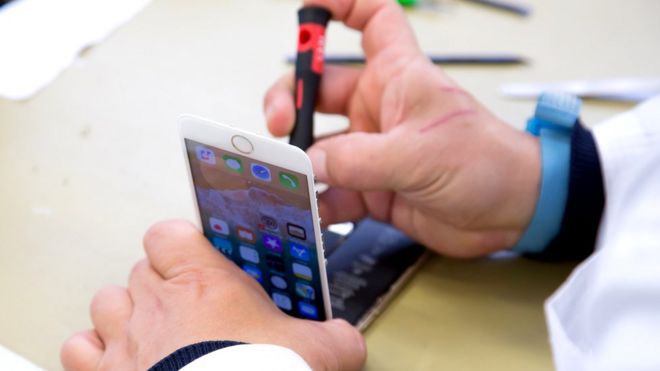 Image copyrightBACK MARKET
Image copyrightBACK MARKETFrench entrepreneur, Thibaud Hug de Larauze, looks down at his laptop and taps a few keys.
“So today we have 200,000-plus smartphones available to sell,” he tells me.
None of those smartphones is new, instead they have been refurbished, a process involving checks, repairs and cleaning.
Once the phones meet the required standard they can then be sold with a one-year warranty on his company’s website, Back Market, which operates in European countries plus the US.
While smartphones are the big sellers, his website lists everything from coffee makers, laptops, to irons.
Formed six years ago by Mr Hug de Larauze and two partners, Back Market does not refurbish the products itself, instead it provides a marketplace for hundreds of other firms to sell their used goods.
It is one of many firms riding the wave of growth in refurbished electronics.
 Image copyrightBACK MARKET
Image copyrightBACK MARKETLast year, around 137 million used smartphones were sold in the US and Europe, according to Counterpoint Research.
Jeff Fieldhack, the head of research at research at Counterpoint, says that sales of used smartphones now account for about 10% of all smartphone sales.
So what’s the attraction of owning a second-hand phone that’s a few years old? Why not buy a cheaper, brand new device?
It all hinges on the so-called flagship phones from Samsung, Huawei and, in particular, Apple.
Bought new these top of the range devices can be wildly expensive – Apple’s top end iPhones will set you back more than £1,000.
But within months of their launch they will start appearing on second-hand marketplaces with perhaps a 15% discount and after just two years the discount will be a healthy 50%.
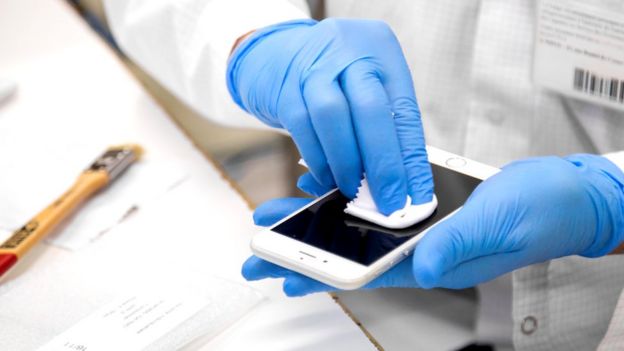 Image copyrightBACK MARKET
Image copyrightBACK MARKET“A flagship device from three, four years ago, from iPhone is still a better quality device, than something new in the $200 to $300 range,” Mr Fieldhack says.
A decade ago, used phones would typically be sold on marketplaces like eBay. It was hard for buyers to know the quality of the device they were buying and they would be unlikely to get a warranty.
Now firms that sell refurbished electronics go to great lengths to reassure their buyers. In fact those in the industry would draw a clear line between phones that have been used and those that have been professionally refurbished.
“We want you to have exactly the same shopping experience that you would have in the Apple Store or PC World – ideally better,” says Jon Godfrey, the founder of Tech.Trade, based in South Wales.
His main product is refurbished computers. “If you buy something and change your mind and want to send it back, yeah, send it back,” he says.
The main problem he has is getting supplies of used computers. Most of his used machines come from people who are trading in machines they don’t want anymore, but there’s not enough of them.
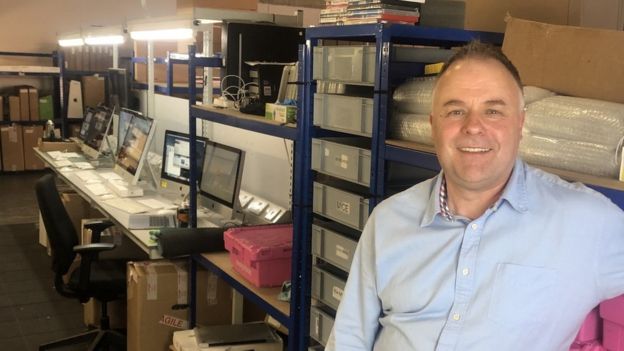
Mr Godfrey sold around 15,000 products last year, and could double that this year if he could get more products. “We’re just starting to get to the point where we’re dangerously low on stock,” he says.
That’s mainly due to the surge in demand from people working from home during the pandemic – in May Mr Godfrey saw sales surge 35%, compared to the previous year.
The second big challenge is replacement parts. Getting hold of screens and batteries can be difficult.
Despite the challenges, those in the industry are forecasting bumper times ahead. Mr Hug de Larauze expects the sales of used smartphones to match sales of new devices by 2030.
Analyst Jeff Fieldhack thinks that is a bit optimistic. He says that while firms have made big strides in improving quality and service, customers remain cautious, particularly in important markets like China, the Middle East and Eastern Europe.
“There’s a lot of apprehension about the secondary market and in many markets the quality issue still needs to be overcome,” he says.
There is also the issue of software updates. Older phones might not get the latest software, which could make some apps unavailable.

Much also hinges on the popularity of Apple products which account for 40% of sales of used smartphones. Many customers would rather own a second-hand Apple phone or computer, than a new one from a different firm.
“Apple just is so dominant in the secondary market because they have such brand value and very expensive devices,” says Mr Fieldhack.
“These are $800-and-above devices that are sold in the US market for $200. That is a very attractive value proposition for consumers who are priced out of iPhones but want to get in that [Apple] ecosystem.”










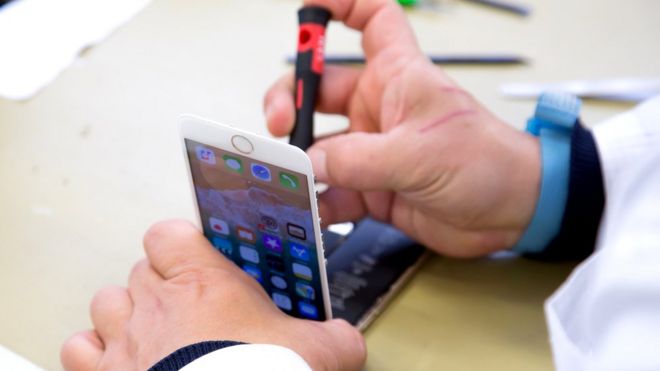








![Qatar Labor Law In 2020??? [UPDATES]](https://welcomeqatar.com/wp-content/uploads/2020/12/Qatar-Labor-Law-1-696x366-1-324x366.jpg)
